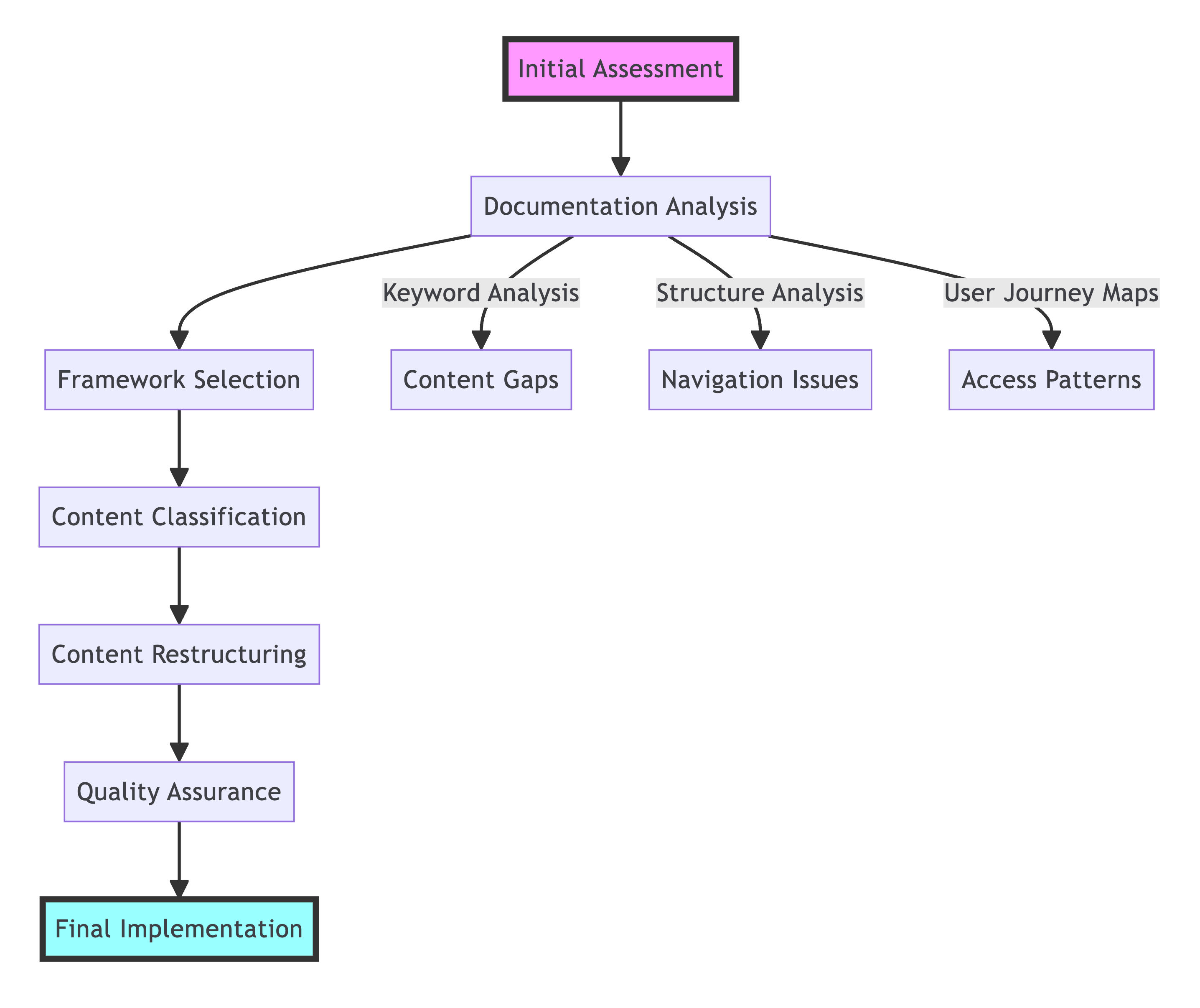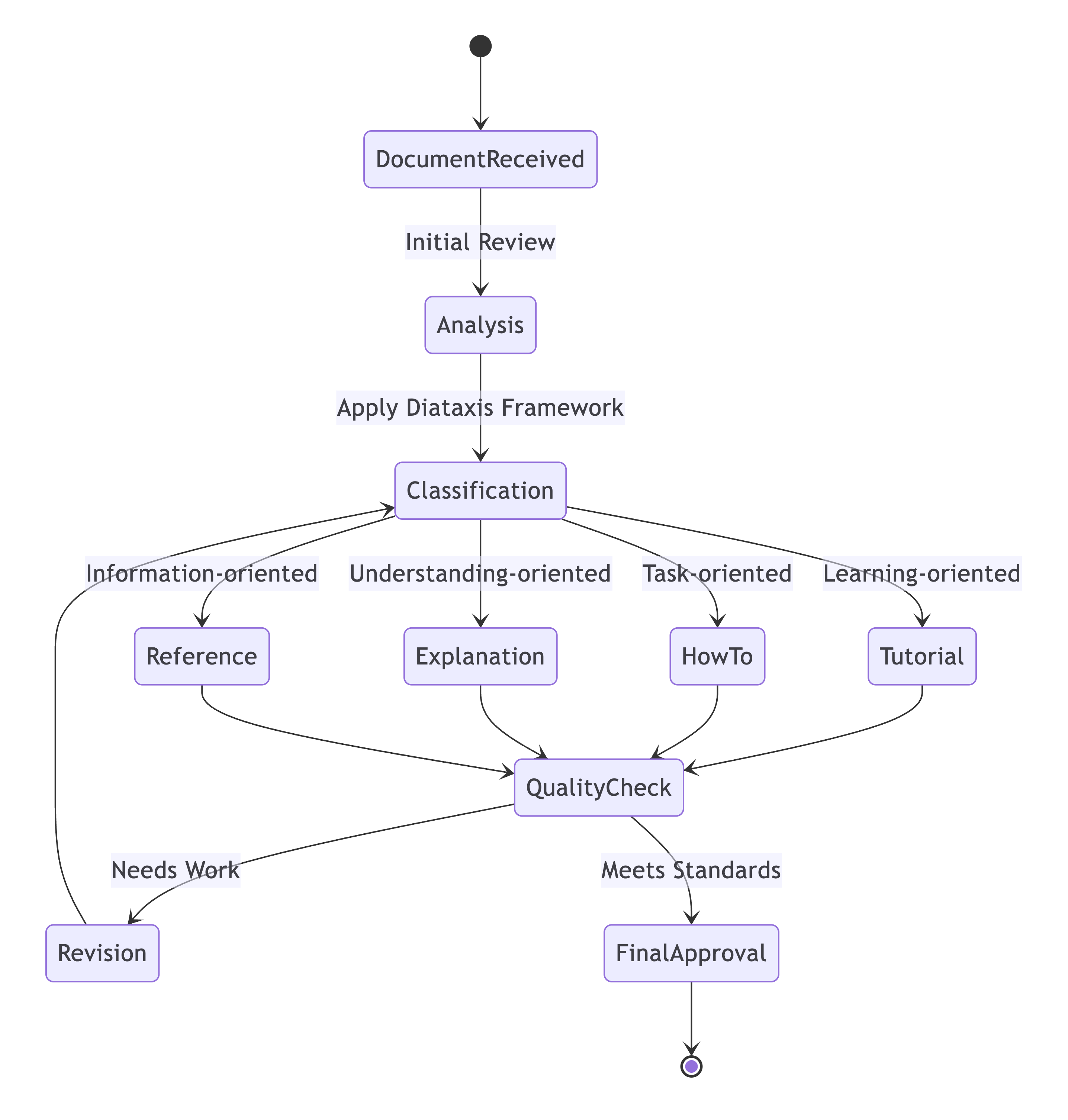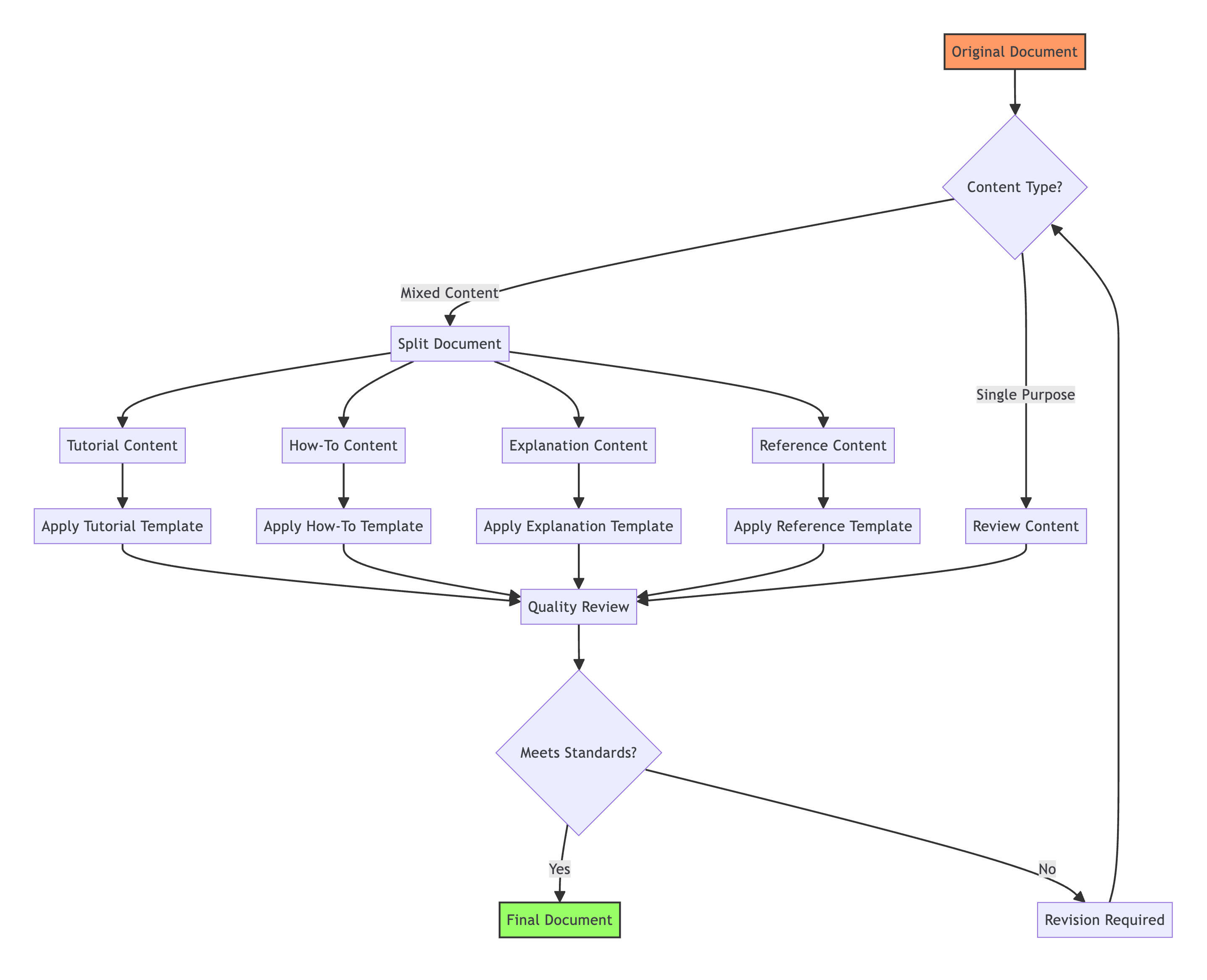
In the rapidly evolving blockchain landscape, Partisia Blockchain stood out with its innovative approach to privacy-preserving computation and secure multiparty computation (MPC). However, like many cutting-edge technology companies, they faced a common yet critical challenge: their documentation was scattered and difficult to comprehend, falling short of industry standards despite their technological sophistication.
The documentation landscape mirrored a common pattern in the tech industry - a collection of information that had grown organically over time, written by different teams with varying approaches to documentation. This resulted in an inconsistent user experience that made it challenging for developers to fully leverage Partisia's powerful blockchain platform.
When Katara AI began working with Partisia, our first step was a comprehensive analysis of their existing documentation. This investigation revealed several key issues:
Through careful keyword analysis, we gained deeper insights into the documentation's current state and identified patterns in how information was presented and accessed.
After evaluating various documentation frameworks, we determined that the Diataxis framework would be ideal for restructuring Partisia's documentation. Diataxis provides a clear methodology for organizing documentation into four distinct types:
This framework aligned perfectly with our goal of creating a more intuitive and accessible documentation experience for Partisia's users.
One of the most significant challenges we faced was the manual process of reorganizing and rewriting documentation. Without a standardized approach, previous documentation efforts had resulted in:
The manual nature of documentation work meant that each piece needed careful evaluation and thoughtful restructuring. Our team had to make numerous judgment calls about how to split and reorganize content while maintaining technical accuracy and improving clarity.
Our approach involved several key steps:
The transformation of Partisia's documentation yielded significant improvements:



This project highlighted several important insights about documentation transformation:
The success of this project has established a strong foundation for Partisia's future documentation efforts. The clear structure and organization principles put in place will make it easier to:
Through this partnership, Katara AI has helped Partisia Blockchain transform their documentation from a potential barrier to adoption into a valuable asset that supports their users and showcases their innovative technology.
Written By: 0xSero
Originally posted here: https://hackmd.io/@0xSero/BJLyPLftyx